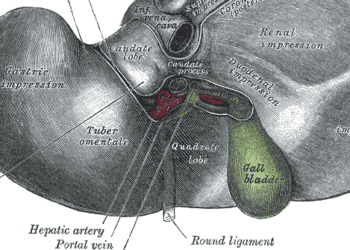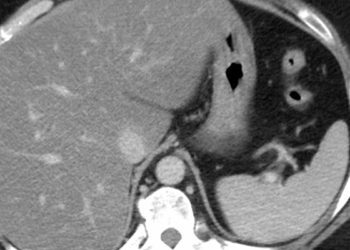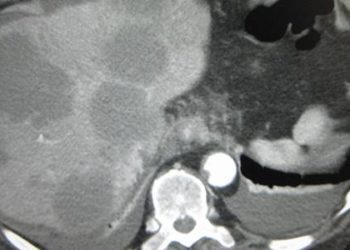Increasing survival rates for patients with acute liver failure
1. In this observational cohort study, the rates of 21-day survival for patients with acute liver failure have gradually increased since 1998.
2. During this time period, the causes of acute liver failure and the demographics of patients presenting with this condition have remained relatively constant.
Evidence Rating Level: 2 (Good)
Study Rundown: Acute liver failure (ALF) is a dangerous condition most commonly caused by acetaminophen overdose, affecting approximately 2000 Americans each year. Treatment typically consists of intensive supportive care, and patients may require urgent liver transplantation. Between 1998 and 2013, this study enrolled patients at several major American medical centers who presented with acute liver failure in order to track changes in patient characteristics, causes of ALF, and survival. Overall, during this time period, 21-day survival after study enrollment improved gradually but significantly. Meanwhile, use of intensive therapies, such as blood transfusions, breathing support, and medications to boost blood pressure have decreased, as did the proportion of patients with ALF listed for transplant. There were no major changes in the primary causes or severity of ALF, nor in the demographic characteristics of patients presenting with the condition. This study was limited in that it only enrolled patients from select academic medical centers, and its results may not fully reflect changes in patient characteristics or survival among patients who did not receive treatment at these or similar medical centers; in particular, these data may not reflect the experience of treating ALF at smaller, community hospitals. Furthermore, the study was not designed to identify what caused the identified changes in outcomes. Nonetheless, these results suggest improvements in outcomes for patients presenting with ALF and highlight the need for further research on which specific changes in care led to these improvements.
Click to read the study published today in the Annals of Internal Medicine
Relevant Reading: Intensive care of patients with acute liver failure: recommendations of the US Acute Liver Failure Study Group
In-Depth [observational cohort study]: This study enrolled 2070 consecutive participants between 1998 and 2013 at academic medical centers participating in the Acute Liver Failure Study Group. To be enrolled, patients must have demonstrated coagulopathy and hepatic encephalopathy; patients who received a liver transplant that subsequently failed were excluded from analysis. Participants who were enrolled during the first eight years of the study had significantly lower 21-day survival than did participants who were enrolled during the second eight years of the study (67.1% vs. 75.3%, respectively; p < 0.001). Likewise, transplant-free survival significantly increased between the first and second eight-year periods (45.1% vs. 56.2%, respectively; p < 0.001). The proportion of patients receiving vasopressor support, ventilator support, red blood cell or frozen plasma transfusion, and intracranial monitoring significantly decreased over the study period, as did the proportion of patients listed for transplant. Notably, use of N-acetylcysteine for patients presenting with ALF not due to acetaminophen toxicity increased significantly between the first eight years and the second eight years of the study (15.8% vs. 49.4%, respectively; p < 0.001).
Image: CC/Wiki
©2016 2 Minute Medicine, Inc. All rights reserved. No works may be reproduced without expressed written consent from 2 Minute Medicine, Inc. Inquire about licensing here. No article should be construed as medical advice and is not intended as such by the authors or by 2 Minute Medicine, Inc.







